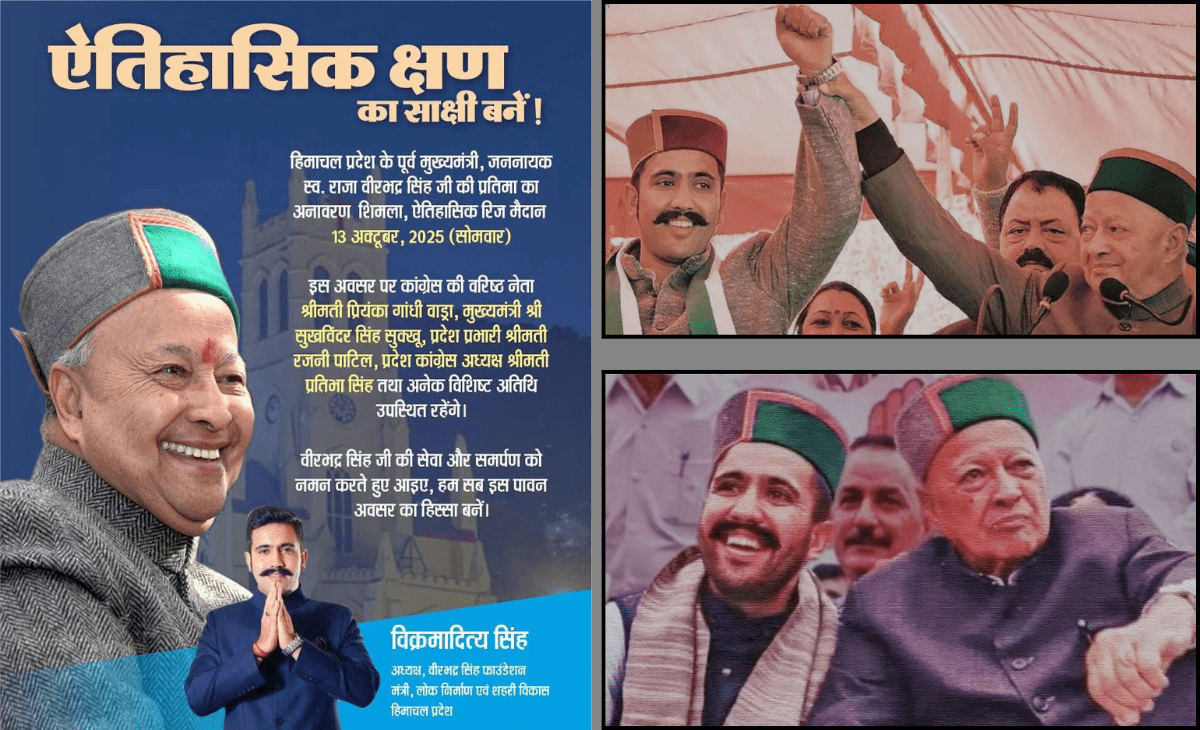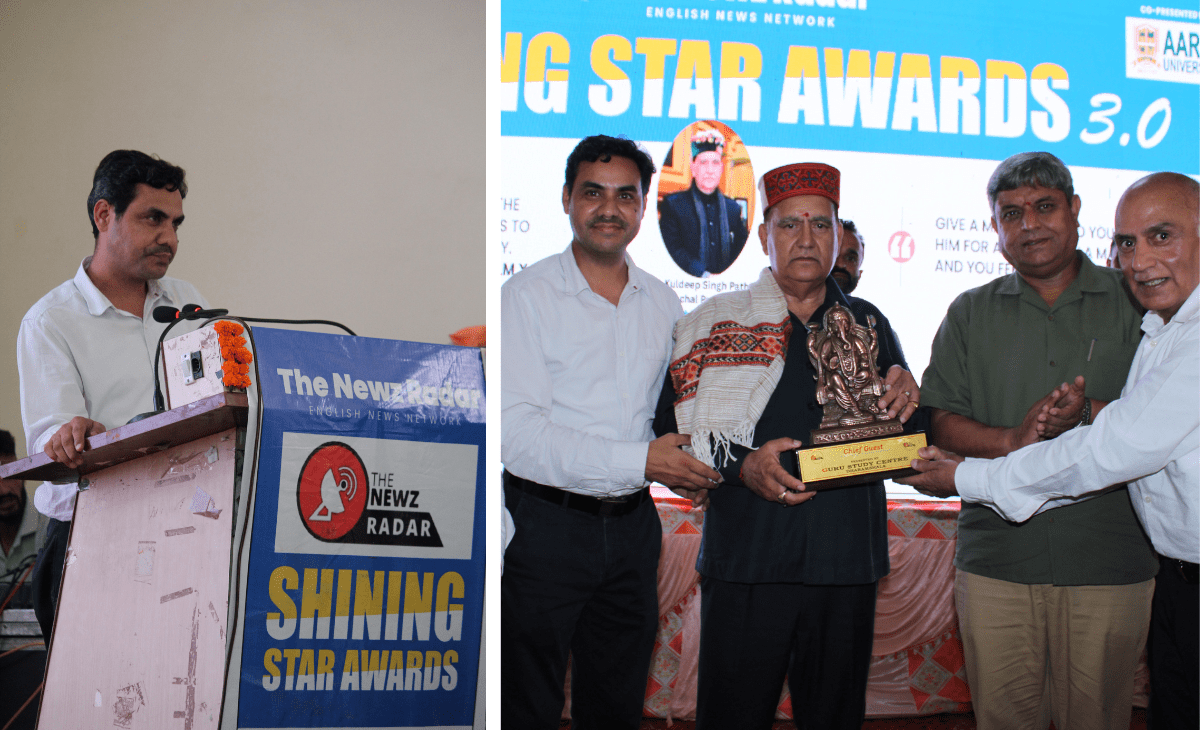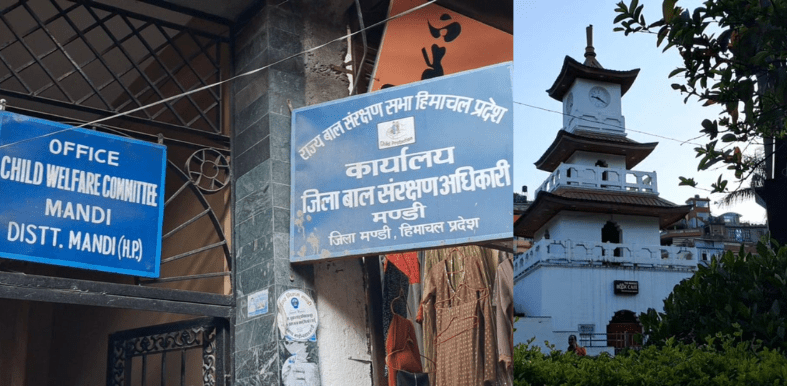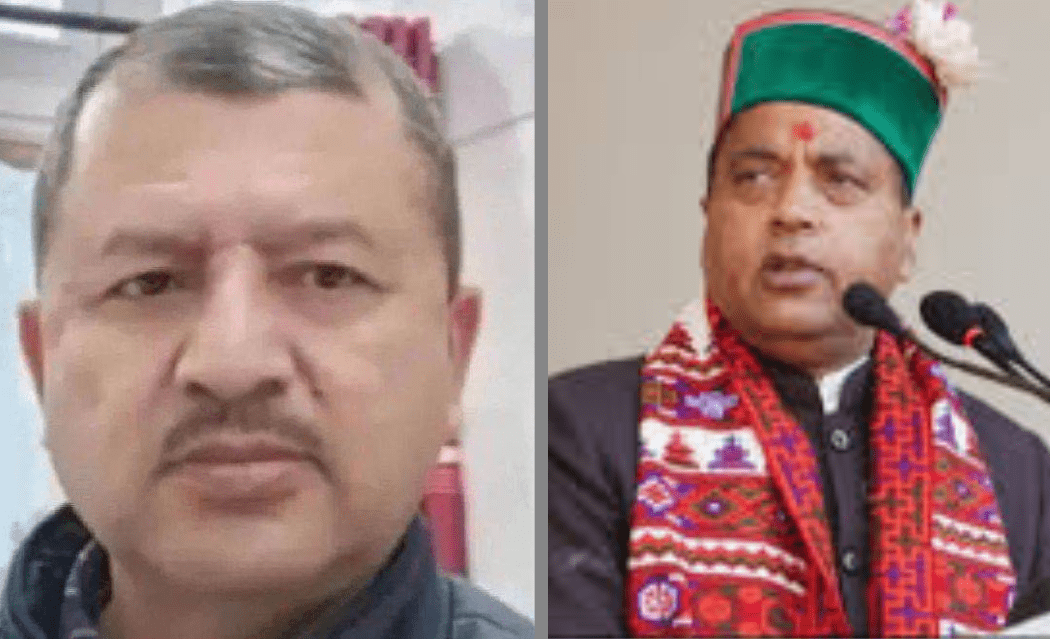Munish Sood
MANDI: As the sun rose over the misty hills of Shimla on Monday, an emotional note from Himachal Pradesh Cabinet Minister Vikramaditya Singh set the tone for a day steeped in remembrance and reverence.
In an early morning Facebook post, he poured out his heart for his late father, six-time Chief Minister Virbhadra Singh, describing him not merely as a political figure, but as “the soul of Himachal”.
The post comes just hours before the Raja Virbhadra Singh Foundation is set to unveil the former Chief Minister’s statue on Shimla’s historic Ridge Ground. The event has drawn massive crowds and is being attended by former Congress president Sonia Gandhi, Priyanka Gandhi Vadra and a host of senior Congress leaders from the state and across the country.
In his heartfelt message, Vikramaditya wrote, “Virbhadra Singh was not just a leader, but the soul of Himachal Pradesh. He was born a king, but his true reign was over the hearts of people. His warmth, simplicity and connection with everyone still live in every village and valley.”
The young leader’s words captured the emotional bond that his father shared with the people of the state, a relationship built on affection, accessibility and deep-rooted respect. “From Kinnaur to Kaza, from schools to panchayats, he was seen everywhere among his people. In the eyes of every elder and every child, there was always a glimpse of his affection,” he added.
“The post, soon after being published, drew hundreds of emotional responses and memories from across Himachal — proof that even years after his passing, “Raja Sahib” continues to live in the hearts of his people,” said an analyst.
How people got emotional at Rampur ceremony
The emotional current surrounding the late leader’s memory has been building for days. At Rampur’s Padam Palace, where his fourth annual Shraddh ceremony was held recently, people from every corner of the state gathered to pay their respects. The palace courtyard echoed with stories of the leader who connected far-flung hamlets, built roads to forgotten villages, and personally reached out to families in need.
Elderly women who had benefited from his developmental initiatives grew emotional as they recalled how the “Raja” would walk into their villages without protocol or fanfare. “Aaj aise neta kam milte hain,” one said softly. “He was a leader who would listen day and night, who travelled to our homes without cameras or crowds.”
Leader who lived like one of his own
Despite being a member of royalty, Virbhadra Singh remained a leader of the people in the truest sense. His style of politics was defined not by grandeur, but by humility. He was known to visit villages unannounced, sit on charpoys, share tea with families, and listen to their everyday struggles.
That warmth and simplicity became his enduring strength. Even today, his presence is felt not only in policies and projects, but in the stories that Himachalis continue to tell — of a man who never let power distance him from his people.
Even political rivals often acknowledged his unmatched stature. “We were not always in agreement with him, but ignoring him was impossible,” a senior leader once said.
Across six decades in public life, Virbhadra Singh left an imprint that transcended party lines. His life reflected values that are increasingly rare in modern politics — dignity, patience and a genuine desire to serve.
Ridge prepares to welcome its beloved Raja
As final touches are being given to the stage on Shimla’s Ridge, anticipation fills the air. The location, overlooking the mountains he so often spoke about, will soon witness the unveiling of a bronze statue that immortalizes a man who shaped Himachal’s identity.
For many, the event is not just a formal occasion but an emotional milestone — a way of saying that the Raja Sahib may have left the world, but his essence still flows through its valleys, rivers, and villages.
Vikramaditya’s closing words in his post summed up that emotion: “Baba was not only my father; he was Himachal’s soul. His legacy lives in every school, every road and every heart. He did not just make schemes but gave wings to our hopes.”
Legacy that refuses to fade
Today, as the Ridge prepares to echo with chants and memories, one truth stands clear — Virbhadra Singh was not just a name in Himachal’s politics; he was a feeling woven into its soil.
Every road that connects a village, every school bell that rings and every smile that brightens a Himachali face carries a part of his legacy.
He may no longer be seen walking among his people, but his presence lingers — in their stories, in their pride, and in the very breath of the mountains he called home.





